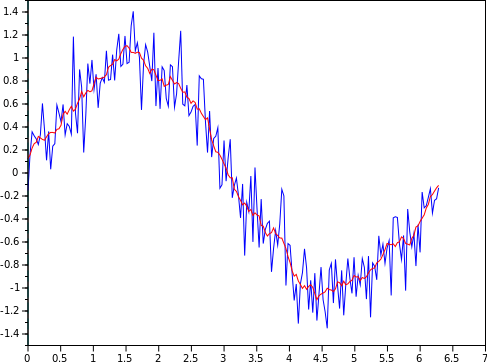
by Xukyo | 2 Nov 2020 | Tutorials
An analogue sensor sends a voltage level, usually between 0 and 5V, representing a physical value. This voltage can be subject to measurement noise (electronic interference, electromagnetic interference, measurement accuracy, etc.). In some applications, you will need...
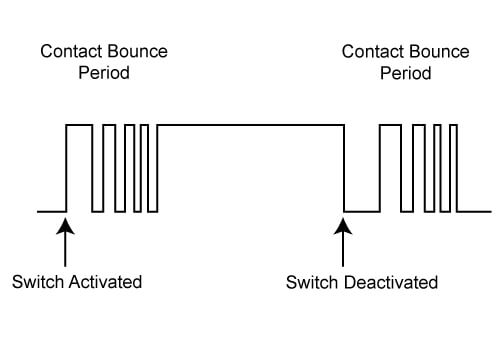
by Xukyo | 2 Nov 2020 | Tutorials
Anti-bounce or debouncing logic prevents the detection of parasitic changes of state of a sensor. When using sensors returning discrete states, such as a push button, it can happen, for mechanical or other reasons, that changes of state are detected that do not...
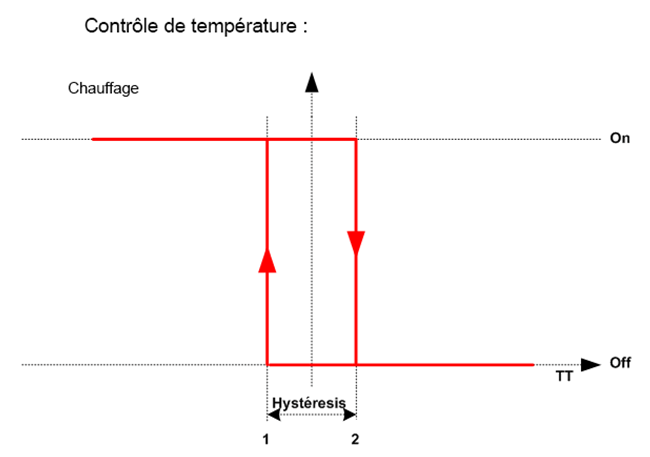
by Xukyo | 2 Nov 2020 | Tutorials
An analogue sensor sends a voltage level, usually between 0 and 5V, representing a physical value. This voltage can be subject to measurement noise (electronic interference, electromagnetic interference, measurement accuracy, etc.). In some applications, you will need...
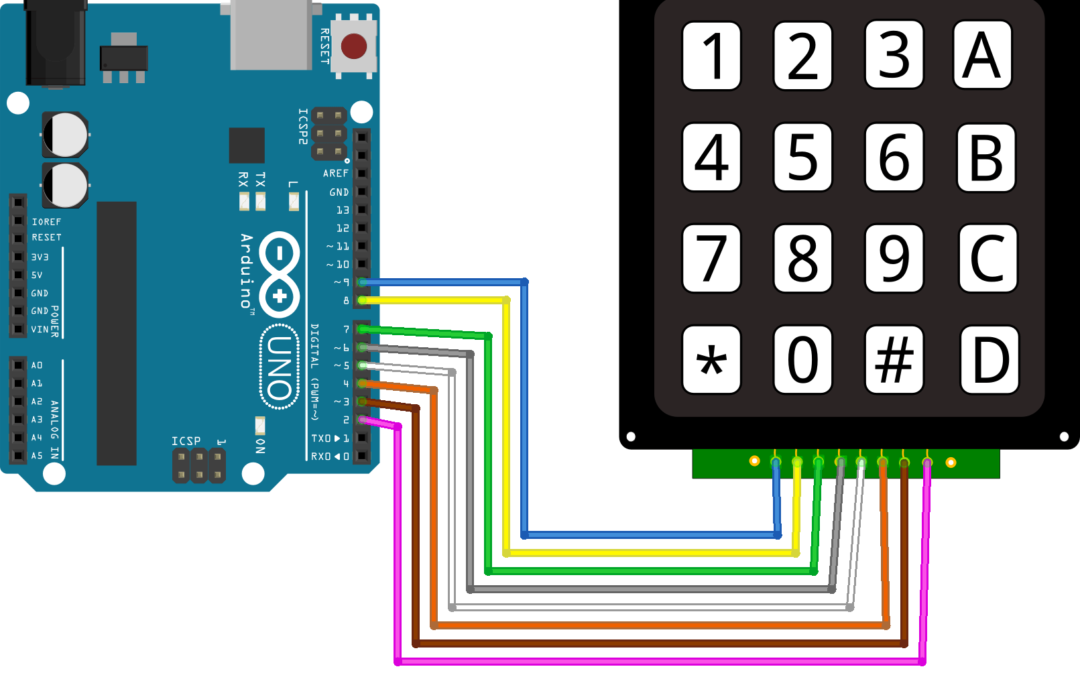
by Xukyo | 2 Nov 2020 | Tutorials
Whether it’s a calculator or the keypad of a building, we commonly use numeric keypads. The 4×4 numeric keypad is a matrix of 16 buttons whose states can be detected by a microcontroller. Hardware ComputerArduino UNOUSB cable A Male to B MaleKeypad 4×4...
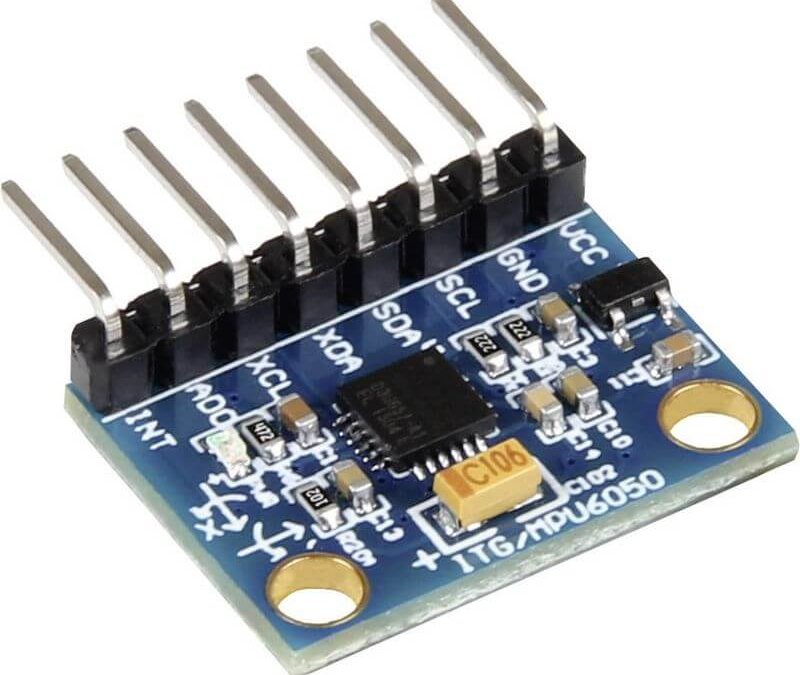
by Xukyo | 2 Nov 2020 | Tutorials
The MPU6050 module is an inertial unit that measures the evolution of an object in space. It can measure linear and angular accelerations in the three axes of space. This component can be found in several applications such as video game controllers or smartphones. It...









